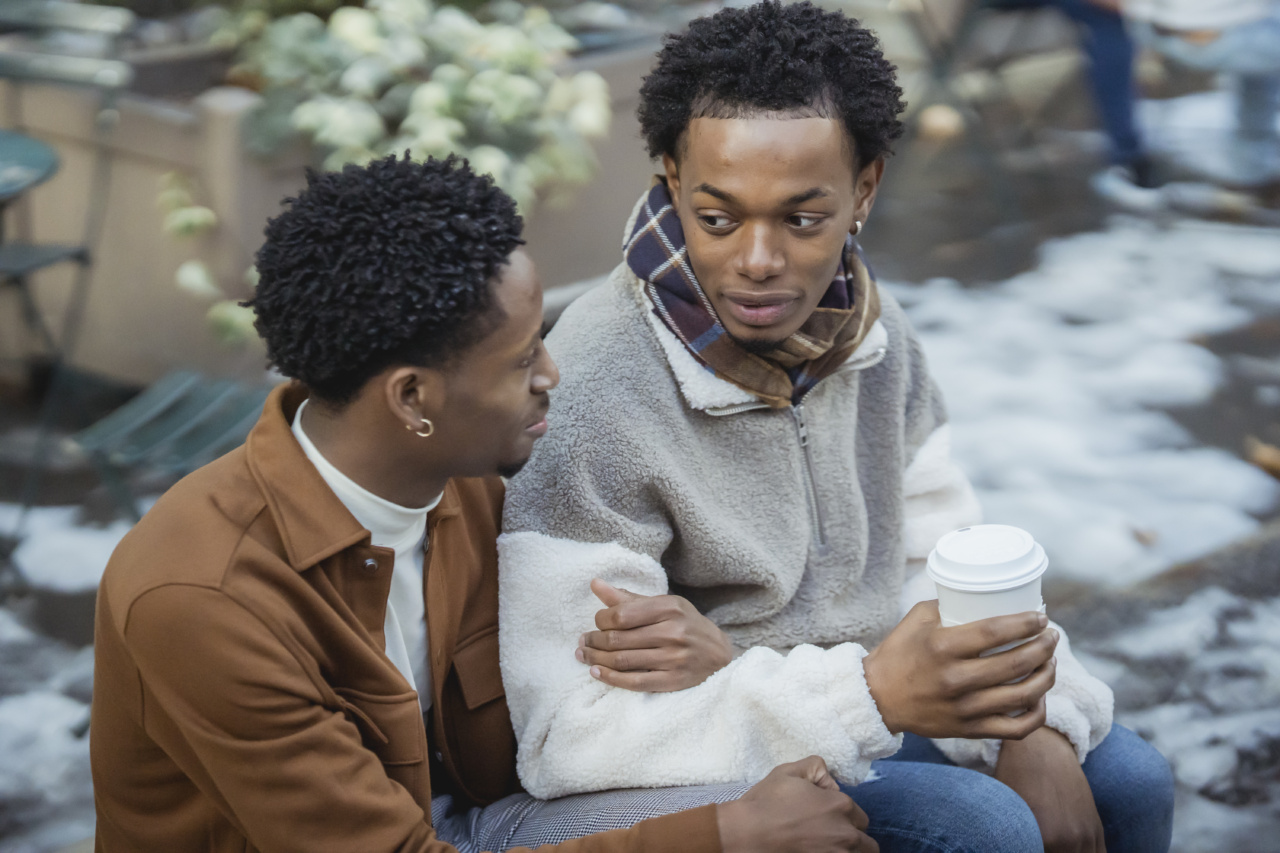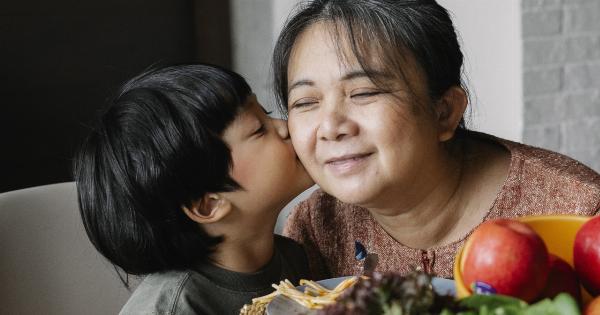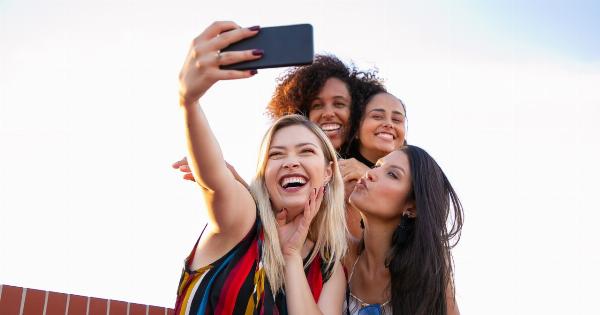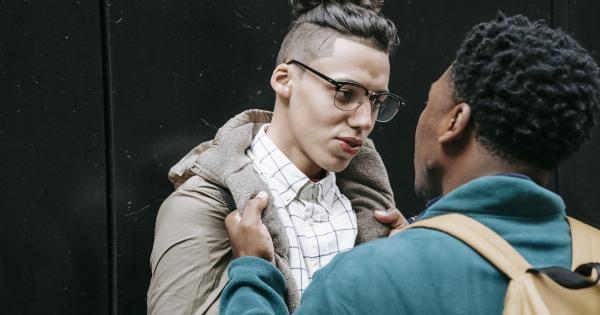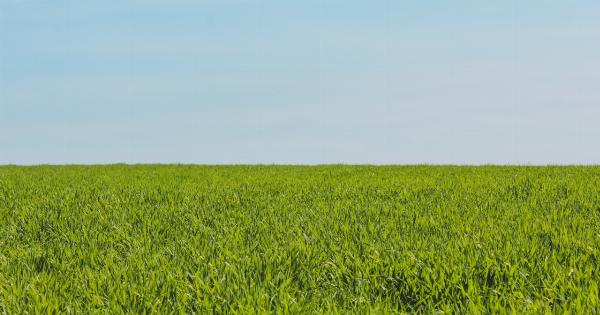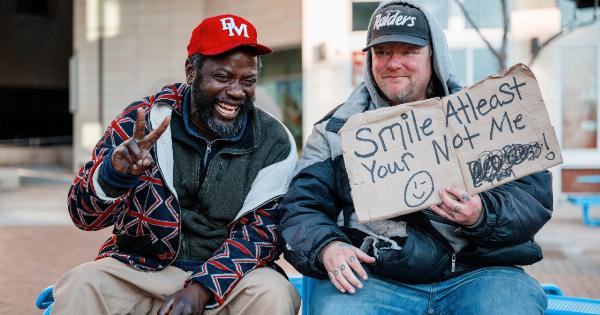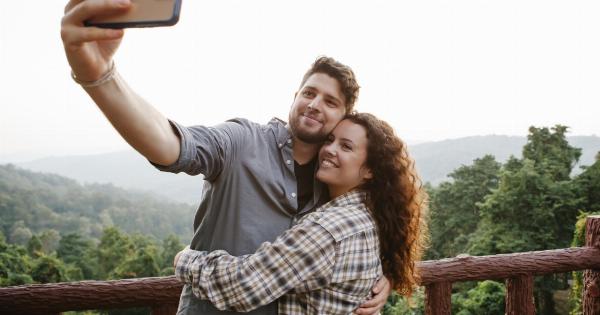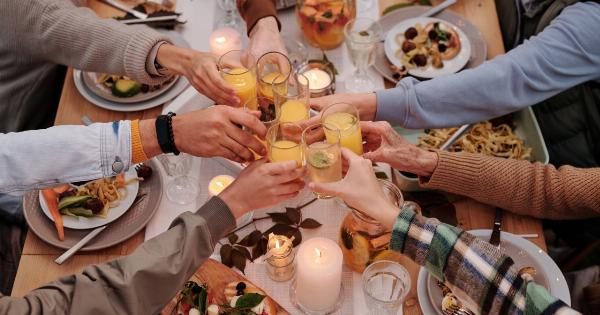Male bonding has been a significant aspect of social relationships throughout history, and anthropological perspectives have offered valuable insights into the evolution and understanding of these bonds.
Homosociality, a term coined by Eve Kosofsky Sedgwick, refers to social bonds and interactions between individuals of the same sex. This article explores the anthropological progression from homosociality to homosexuality, shedding light on the complexities and cultural variations of male bonding.
Homosociality: The Foundation of Male Bonding
Homosocial relationships have played a crucial role in various cultural contexts, ranging from warrior brotherhoods in ancient Greece to camaraderie among soldiers in modern armies.
These relationships, often characterized by intense emotional connections, shared experiences, and a sense of camaraderie, have served important social, political, and economic functions.
Socialization and Male Bonding
Socialization processes shape individuals’ understanding and expression of male bonding. Societies often create spaces where men can form strong homosocial bonds, such as fraternities, sports teams, or military settings.
These spaces enable individuals to establish close relationships and develop a sense of identity and belonging within a larger masculine group.
Homosociality in Sports
Sports have long been a domain where male bonding thrives. From team-based sports like football to individual activities like boxing, participation often fosters a sense of unity and camaraderie among male athletes.
Anthropological studies have highlighted how sports provide an opportunity for men to demonstrate physical prowess, establish hierarchies, and reinforce gender norms in a homosocial environment.
Homosocial Rituals and Traditions
Rituals and traditions form another important context for male bonding. Many societies have rituals that promote deep homosocial connections, such as initiation ceremonies or rites of passage.
These rituals often involve shared experiences, physical contact, and the transmission of cultural knowledge between generations of men.
Historical Perspectives: Homosociality and Homosexuality
Anthropology has also examined the blurred boundaries between homosociality and homosexuality in different historical periods.
In some societies, such as ancient Greece or pre-colonial Polynesia, same-sex relationships were not only accepted but even celebrated. These relationships, often rooted in homosocial contexts, challenge Western notions of strict heterosexuality and demonstrate the historical variability of sexual orientations.
Discourses of Homophobia and Heteronormativity
Contemporary societies, heavily influenced by Judeo-Christian values, have often stigmatized same-sex relationships and sought to reinforce heteronormativity.
Homophobia and the fear of the “feminization” of masculinity have shaped social discourses around male bonding, pushing same-sex relationships into secrecy or outright denial.
Emergence of LGBTQ+ Movements
The emergence of LGBTQ+ movements and growing acceptance of diverse sexual orientations have challenged societal norms and allowed for the exploration and celebration of various forms of male bonding.
Anthropologists have been instrumental in documenting and analyzing these shifts, providing a deeper understanding of the cultural and social dynamics surrounding homosexuality.
Indigenous Perspectives on Male Bonding
Anthropology recognizes the importance of indigenous perspectives in understanding male bonding. Many indigenous cultures have long-standing traditions and beliefs surrounding diverse understandings of sexuality and gender.
Exploring these perspectives enriches the understanding of male bonding beyond Western constructs.
Male Bonding in Changing Times
The modern era has seen a reconfiguration of male bonding dynamics. Increased recognition and acceptance of diverse sexual orientations, coupled with changing societal structures, have led to new forms of male bonding that challenge traditional notions.
The role of digital spaces, online communities, and virtual relationships further complicates anthropological perspectives on male bonding.
Conclusion
Anthropology provides valuable insights into the continuum from homosociality to homosexuality, offering nuanced perspectives on the complex dynamics of male bonding.
By examining historical, cultural, and sociopolitical factors, anthropologists continue to contribute to our understanding of male bonding in diverse societies.
